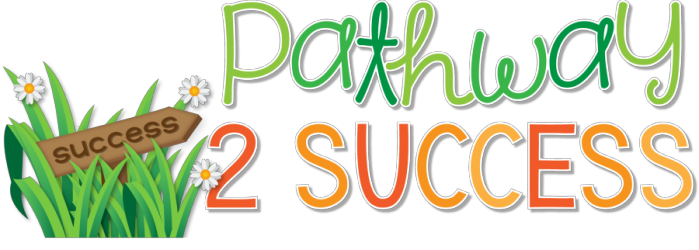De-escalation is the process of calming down a situation before it escalates further. It is helping to slowly bring the temperature down before it reaches a boiling point. This is critically important skill for all educators and parents because children and young adults feel overwhelmed and angry sometimes; we all do. With that said, learning […]
Strategies to Engage Reluctant Learners
Every teacher wants their students engaged, motivated, and involved in the learning process. Sometimes, though, students can become reluctant to engage. These are the learners who won’t answer questions, put their heads down, or refuse to complete work. Sometimes, they just don’t appear interested at all. Understanding reluctant learners and how to re-engage them is […]
50+ Ways to Build Relationships with Kids & Teens
Why Relationships Matter The single most foundational element of social emotional learning is having strong relationships. In fact, relationships are the basis to all learning. Positive relationships help learners feel safe, respected, and connected. Further, by understanding learners at a deeper level, teachers can help students recognize strengths, work through challenges, identify goals, help through […]
100+ Questions to Build Relationships (with a free list)
Relationship-building is profound. It is the foundation to social, emotional, and academic success for students. When learners have a more positive relationship with those around them, they are more able to learn new skills, open up, voice their needs, take risks, and reach their goals. While there are many different techniques for building relationships in […]
15+ Simple SEL Practices to Start the Day
One of the very best times to integrate social emotional learning practices into the day is first thing in the morning. It’s a great way to help kids and teens start their day off feeling connected, respected, and valued. By putting social-emotional learning first, we have pave the way for kids and teens to do […]
25 Calming Activities for Kids Who Need to Move
Calming activities are important for kids and teens. These are the strategies they can use to self-regulate when they are upset, overwhelmed, or dysregulated in any other way. There are literally hundreds of different calm-down strategies you can try with kids and teens. Some of my favorite coping techniques include using positive self-talk, mindful breathing, […]
10+ Free Calm-Down Tools
We all need strategies to cope with stress and tough emotions. This is especially true for children and teens who are still growing and learning. Specifically, I’ve put this list of calm-down tools together to act as a “toolbox” of supports for educators and parents looking for new ideas. They go beyond typical coping strategies […]
6 Simple Ways to Help Kids Manage Big Emotions
Being able to manage our own emotions seems like a simple task at first glance, but it’s actually quite complex, especially for growing children and teenagers. It involves understanding your feelings, managing stress, using coping strategies at the appropriate times, problem-solving through challenges, and knowing when to ask for help. This can be a lot […]
25+ Coping Skills Activities to Help Kids Manage Stress
Coping skills are the supports and strategies that help children and young adults manage tough emotions and deal with stress. For kids and young adults who are still learning how to manage their emotions, learning these coping strategies is extra important. If we want kids and teens to use healthy coping strategies, we have to […]
12 Reasons Why Every Class Needs Morning Meeting
Morning meeting is a daily time to meet with students and help frame the day for success. Sometimes it might be called a daily check-in or morning circle. Whatever you call it, the idea is pretty simple. Educators sit with their students, greet each other by name, talk about topics that matter, and give everyone […]
- 1
- 2
- 3
- 4
- Next Page »













